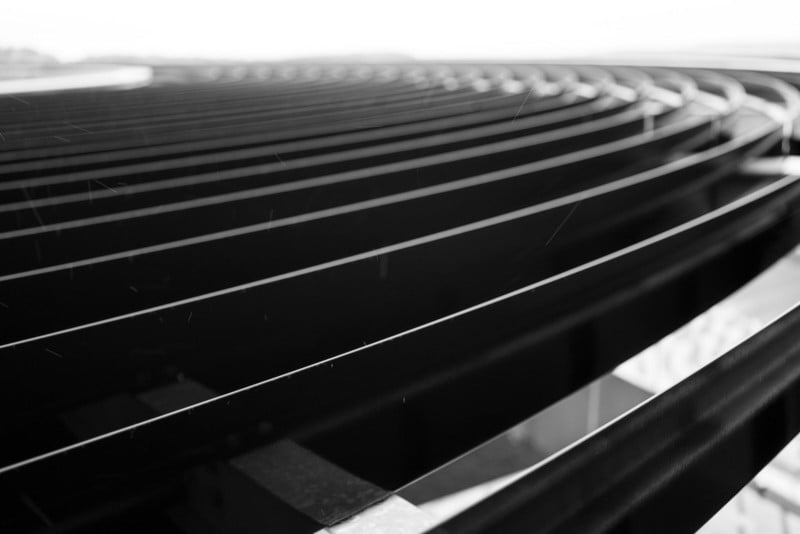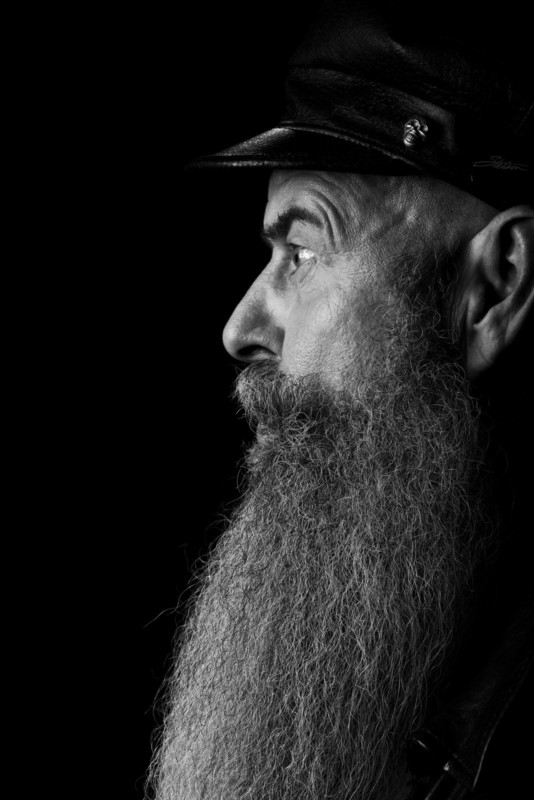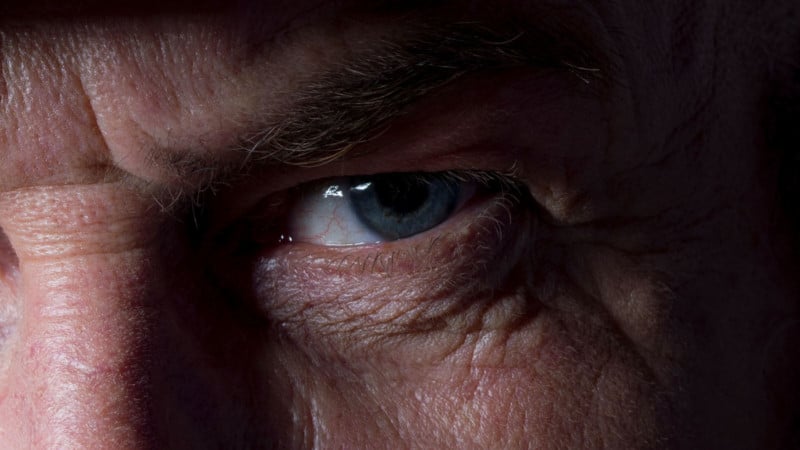You Probably Don’t Care About the Leica SL2, and You’re Worse Off For It
![]()
Up until a few weeks ago, I had never used a Leica. I don’t think I’d ever even held one or knew much about them other than the occasional story of an outlandishly expensive iteration on a camera previously on the market. I had preconceived notions about the kind of company Leica was, about their goals, and about their strategy. I expected very little, regardless of what they were going to show me.
I know that many of you who looked at our thumbnail, read the title, and maybe made it through this far already think you know what you need to know about the Leica. You see the brand, and therefore you believe it’s going to be expensive (which it is, but not terribly so), it’s going to have features you don’t think add value, it’s going to be stuffy and cold and high brow. You won’t like it, you won’t see the point, and you will move on.
I get it. Like I said, I was exactly like you a few weeks ago. Except the difference between me and you is that I gave the Leica SL2 a chance. I took it out, shot with it (and I mean I really shot with it), and looked at my images.


Though not without its flaws, as it definitely has some, the Leica SL2 is the perfect answer to this question: how do you stand out when every camera made today is excellent?
That is an unassailable fact. As much as we hum and haw about different cameras, argue about which ones a “real professional” would own, and how dumb our contemporaries are for not going with the one we are certain is the better pick, looking at the camera market from a higher level will reveal that every single interchangeable lens camera made by any manufacturer in the last five years is a great camera. There is no exception.
All we are doing is arguing about what features one has that another hasn’t, and what adds more value to our own personal view of what is important.

Another fact is: the market is crowded. Every major manufacturer has a full-frame mirrorless or other high-performance camera now, and everyone has presented reasons why theirs is the superior choice.
For Leica, a brand not known for moving quickly and who admitted as much when they showed me the SL2, had to decide what was important to them. They had to take the time to study what Leica as a brand stands for, and how to best leverage those important things to create a finished product.

From Leica’s perspective, that meant making a camera that from end to end feels amazing to use: from the moment you set your eyes on it, to how it feels in your hands, to how it captures an image, to how that image looks.
And they almost got that whole process entirely, perfectly right. They’ve come very close, and in many ways closer than anyone else has yet.
From the moment you set your eyes on it…
![]()
The Leica SL2 is a beautiful camera. I imagine I’ll find some folks who will disagree with me, but even if you don’t like the look of Leica cameras, you should at the very least be able to appreciate that there are those that do like this modern, clean and simple style.
The SL2 bucks the trends of a hundred buttons and tiny text and multiple dials. Instead, it offers only three labeled buttons on the back of the camera with the rest be unlabeled. There aren’t many overall, just a couple on top and a few more around the body in tactical places.
The camera is pretty much completely customizable, and all the functions usually made into buttons are found in the very intuitive and easy to use touch screen and menu.
To how it feels in your hands…
This is not a light camera, but I don’t think Leica set out to make it as such. The body is made from machined magnesium, with the top cap and bottom plate made from machined aluminum. The metals are not extruded, they are machine ground from solid pieces of metal. That is a more time consuming, more expensive way to make metal parts, but the end result is a stronger and more robust product.
There is no plastic in the construction of the body anywhere. It is also highly weather-sealed, to a degree that surprises for a camera that looks as nice as this one does.
![]()
The exterior is lined with textured leather, and when I was told it was leather that came as yet another surprise. It feels more like a cross between the rubber you normally feel on camera grips and a sort of soft plastic. But like, nicer. It’s a very unique feeling, and it hugs your hands beautifully. There is even a little inset area inside the very nice grip for your fingertips to hold. Overall, it feels great.
To how it captures an image…
The SL2 uses the same EVF that is found in the Panasonic S1 and S1R as well as in the new Sony a7R IV. It’s a very pixel-dense OLED that is the best available on the market. What you see through the viewfinder is sharp and crisp, with great color fidelity.

Unfortunately, this is one of the few stumbling points on the SL2. Because the camera uses a contrast-based autofocus system, with no phase detection, in order to acquire focus it has to quickly rack in and out behind and in front of subjects. In continuous autofocus modes, that translates to a “wobble” look that can be disorienting. It can even make what should be sharp, crisp experiences through the EVF look soft.
When in single-point or manual focus, this isn’t a problem, but it’s 2019. We’re going to be using continuous autofocus pretty often, especially when the Leica offers body, face and eye detection. All these things work great, and I was getting above an 80% keep rate even firing 20 frames per second, but the feedback to me while shooting wasn’t ideal.
So while Leica comes close to closing the loop here, it’s not as clean of a good job as found in the other categories. That said, it does have in-body image stabilization and it’s clear that their partnership with Panasonic has paid dividends because this, at least in my short time with the camera, feels just as good as what Panasonic offers. They are in my and many others’ opinion the best in the industry, and Leica now has that.

To how the image looks
Leica is using the Panasonic S1R 47.2-megapixel sensor, but this is not the same image experience: Leica did some Leica magic because images look spectacular. My favorite photos are just ridiculously sharp, have great color reproduction, and stellar dynamic range.
Apparently, Leica attached more advanced microlenses in front of the sensor, which is something anyone can do and isn’t just a Leica technology. They’re just the only ones willing to do it and take on that cost. I think the results speak for themselves. The photos look good.



I think it’s easy to just shrug off the Leica SL2, and I cannot blame you for it. Leica makes some decisions that, to the average photographer, don’t come off as decisions you make as a camera company. They are clearly invested heavily in being a luxury brand, and that can be really off-putting to the average photographer.
I pointed this out to Leica representatives, and they explained that the only reason they get to make a camera like the SL2 is because they have diversified their business. Having the ability to be a luxury brand means they can make enough money to continue the standards to which they feel they owe their heritage. If they didn’t do the luxury stuff that we all kind of wince at, then we wouldn’t be able to enjoy anything from Leica at all. They just wouldn’t exist.
Back in October, we featured a story where Leica expert Erwin Puts said that “the soul of Leica products has been eradicated.” I read that, and those words rang in my head as I remembered seeing Leica engineers testing lens tension by hand. As a team of technicians worked to replace damaged cameras carefully and expertly.
![]()
It buzzed in my ears as I recalled a Leitz lens specialist describe in detail how they maintain their high standards, nearly with a tear in his eye out of pride. I have seen the care, love, and attention the Leica team put into the preservation of their history, and the reverence with which they displayed that history to me.
![]()
![]()
I have seen the conviction they have to maintaining the old way of making product — by hand. I have seen in their eyes the love for Leica, and I have felt in my hands the result of that love in the SL2.
I respect Mr. Puts for his opinion and his expertise, and I recognize I’m new to this “I like Leica” thing. But if the SL2 is any indication of what Leica thinks is important in 2019, then the soul of their heritage is still burning brightly.

So… how do you stand out when every camera made today is excellent? You make something like the SL2. And you make it proudly.